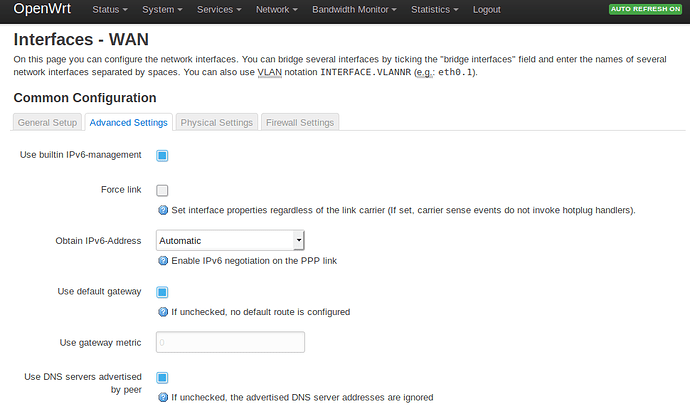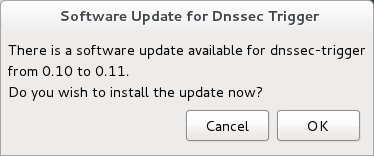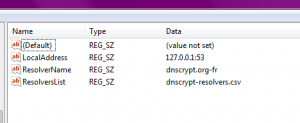

- OPENDNS DNSCRYPT TEST HOW TO
- OPENDNS DNSCRYPT TEST FULL
- OPENDNS DNSCRYPT TEST WINDOWS 7
- OPENDNS DNSCRYPT TEST ZIP
Once the Command Prompt has been opened, navigate to the “bin” folder inside the extracted “dnscrypt” folder in your C drive using the command below.
OPENDNS DNSCRYPT TEST WINDOWS 7
To do that, Press “Win + X” and select the option “Command Prompt (Admin).” If you are using Windows 7 or Vista, simply search for Command Prompt in the start menu, right-click on it and select the option “Run as Administrator.”Ĥ. Now open up your command prompt with elevated privileges. After extracting, rename the folder to “dnscrypt.” That way it will be easy to navigate in the command prompt.ģ. While DNSCrypt has not yet been standardized, fortunately, multiple implementations and a set of DNSCrypt servers are available. Once downloaded, extract the folder inside the package into your C drive or any other drive for that matter. DNSCrypt provides increased privacy by encrypting the DNS message content and prevents DNS spoofing with authentication.
OPENDNS DNSCRYPT TEST ZIP
First, head to the official website and download the DNSCrypt Proxy ZIP package for Windows.Ģ. Seit einigen Jahren gehört OpenDNS aber zu Cisco und wird daher auch im Rahmen der US Gesetzgebung unter anderem Protokolle über die Aktivitäten der Nutzer speichern und auch mit Behörden teilen. As technical as it sounds, configuring DNSCrypt on a Windows machine is really easy. OpenDNS war früher ein selbstständiger DNS Anbieter der sich vorwiegend der Privatsphäre verschrieben hatte. Thus, a malicious website will be able to find out the name of your real ISP, and the ISP will know your endpoint IP and which sites you visit. It is possible that the browsers DNS requests will be sent to the providers DNS server directly and not sent through the VPN or Proxy.
OPENDNS DNSCRYPT TEST HOW TO
Here is how to configure your Windows machine to leverage the power of DNSCrypt to encrypt DNS queries. DNS Leak Test shows DNS servers your browser use to resolve domain names.
OPENDNS DNSCRYPT TEST FULL
Tcpdump: verbose output suppressed, use -v or -vv for full protocol decode The command output should look like this:


you can find it using "ifconfig" -, and "176.56.237.171" is the default resolver used by Pascal's packages - if you've used a different one, change it in the command above with yours!) (where NETWORK-INTERFACE is your active network interface like eth0, p5p1, etc. and then visiting some website in your web browser. 0 IN TXT " dnscrypt enabled (717473654A614970)"Īnother way of checking if dnscrypt-proxy is working, if you're using a non-default server is to use the following command: sudo tcpdump -i NETWORK-INTERFACE dst host 176.56.237.171. flags: qr rd ra QUERY: 1, ANSWER: 6, AUTHORITY: 0, ADDITIONAL: 1ĭ. >HEADER<<- opcode: QUERY, status: NOERROR, id: 48647 which should display something like this: for Ubuntu 16.04, 16.10 and 17.04 / Linux Mint 18 (using the dnscrypt-proxy package from the official repositories this assumes you're using the default server!), run the following command:ĭig txt. You may want to check if the "127.0.0.2" DNS is actually in use (it needs to be the only DNS) - to do this in Unity, from the Network indicator select Connection Information.


 0 kommentar(er)
0 kommentar(er)
